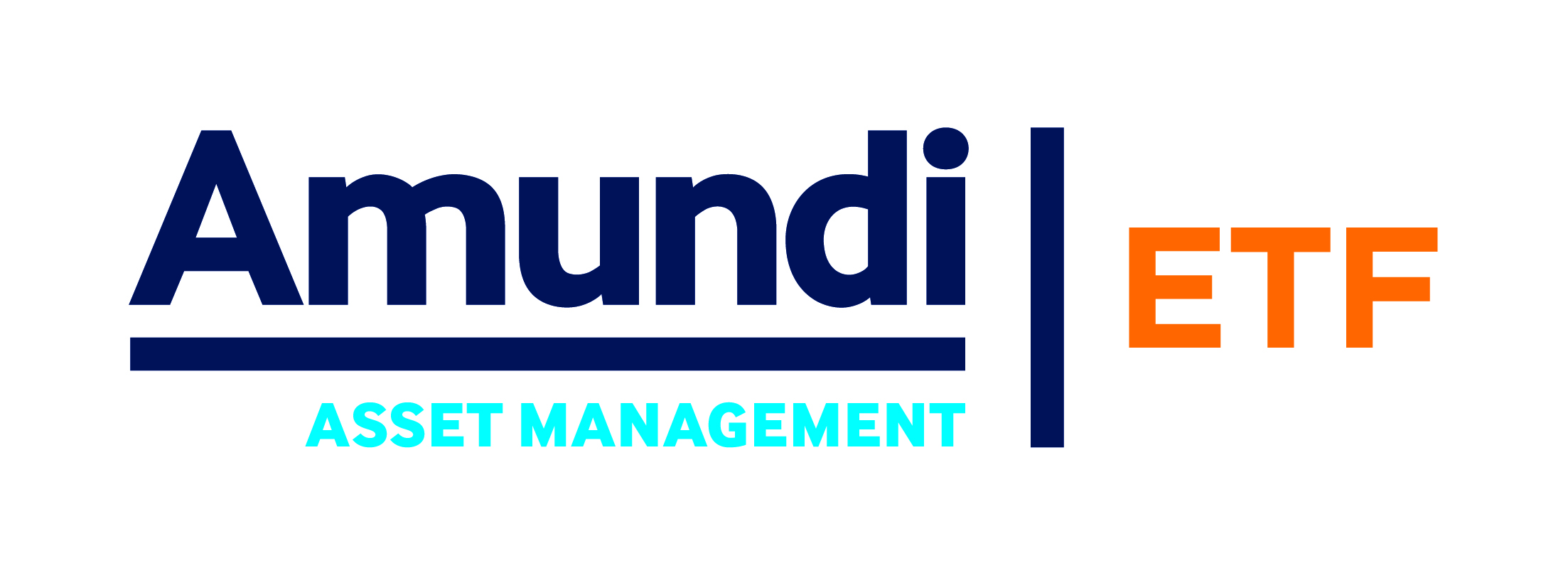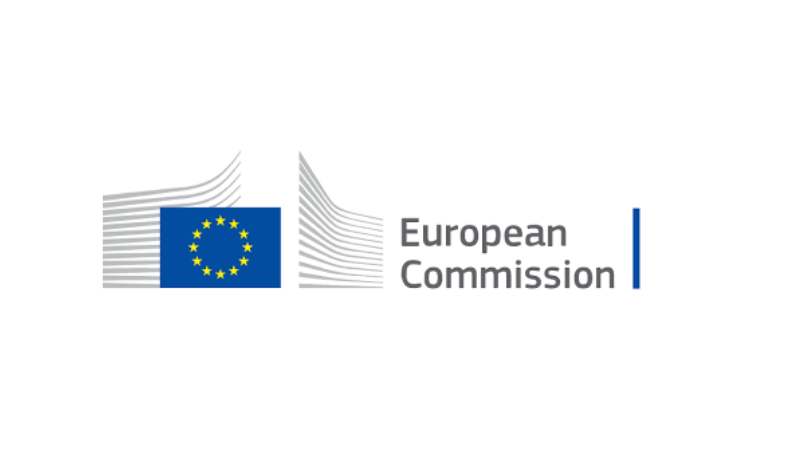Following another impressive year of growth for the European ETF industry – assets hit $1.5trn at the end of 2021 – it is easy to anticipate another bumper year of gains heading into 2022.
However, beyond the headline figures, several key themes emerged over the past 12 months that could well shape the industry over the next year.
Many of these trends remain in their infancy, while for some it is a perennial debate, but all are likely to cross investors’ paths at some point in the near future.
With that in mind, here are the five big ETF trends to watch out for in 2022.
1. Direct indexing
There was some surprise, and consternation, within the investment industry when Prince Harry and Meghan announced they would be joining ethical direct-indexing manager Ethic in October last year.
While trailblazers in their own right, asset management behemoths had long been intrigued by direct indexing and have hoovered up platforms left, right and centre in a bid to shortcut their way to owning the complex technology involved.
Direct indexing means a portfolio can be fully customised to the client’s preferences by, for example, excluding any stocks that contribute to global warming or prioritising high-quality domestic champions.
It is hailed as the next frontier of asset management by some, investors are also able to access certain benefits such as reduction of tax liabilities or removing overlapping exposure to large single-stock positions held elsewhere.
However, detractors are wary of a product that is essentially active management by the end investor, a job in which many professional money managers fail to their benchmark.
Whatever your opinion, consulting firm Cerulli Associates has forecasted direct indexing will grow at an annual rate of over 12% in the next five years, outpacing the projected growth for ETFs and other investment vehicles, so expect to see much more activity in this space for 2022 and beyond.
2. Common ownership
Like dark clouds gathering in the distance, issues around common ownership among the ‘Big Three’ providers – BlackRock, Vanguard and State Street Global Advisors – have the potential to create big problems in the coming years.
More than just 2022, it has been dubbed the ‘defining battleground’ for the ETF industry over the next decade, in which the ‘Big Three’ could own as much as 33% of shareholder votes by 2032 on current asset gathering trajectory, up from around 20% today.
Harvard Law School’s John Coates, in a paper titled The Problem of Twelve, said it could produce the greatest concentration of economic control in our lifetimes.
BlackRock has made a move to address the issue by offering asset owners in 40% of its $4.8trn equity index funds the opportunity to vote directly with companies, instead of the firm partaking itself, but a lack of transparency on who owns the ETF, due to trading on the secondary market means issues persist.
The ‘Big Three’ will likely need to take action to prevent future regulation curtailing their ownership and 2022 could see moves made in this area.
3. Inflation
The defining characteristic for many investors this year will be their inflation outlook.
The debate over whether the recent spike in inflation – which hit its highest point since 1982 at the end of November – is transitory or here to stay is likely to linger long into the new year.
A recent survey conducted by ETF Stream and Amundi highlighted just how divisive the subject is, with 44% believing it to be “transitory” while 41% forecast a regime change. In addition, 81% said inflation will dominate market outlooks in 2022.
Investors will be basing much of their asset allocation decisions on where inflation will land over the next year, with a spike causing central banks to tighten monetary policy faster than market expectations, while a lack of action could cause economies to overheat.
Higher than expected inflation could spark a sell-off in bonds, particularly longer-dated government bonds, which are more sensitive to interest rate changes than corporate bonds.
If inflation persists, we can expect to see flows go continue to gravitate towards commodity ETFs, ultrashort bond ETFs and the traditional safe-haven hedge of gold ETFs.
4. Regulation: SFDR, CSDR and consolidated tape
Despite moving goalposts and delaying the implementation of phase two of the Sustainable Finance Disclosure Regulation (SFDR) – this time until January 2023 – asset managers across Europe will be readying themselves for the notoriously complex regulation.
Some of Europe’s largest asset managers have already positioned themselves and their product ranges to be labelled either Article 8 or 9 under SFDR, picking up on the commercial advantage of the labels.
Despite this, detailed rules of the taxonomy screening criteria – also planned for January 2023 – will mean asset managers will have to back up these claims with evidence, while it is not beyond comprehension that more adjustments to SFDR will be implemented.
A more imminent piece of regulation for the ETF industry is the rollout of the Central Securities Depositories Regulation (CDSR) set for February, aiming to streamline settlement standards across Europe.
It is hoped the regulation will bring increased harmonisation for UCITS ETFs through the implementation of common features, however, issues remain in around the knock-on effect of settlement failure penalties and the ‘Illiquid Share’ category ETFs fall under.
In addition, expect to hear more on the introduction of consolidated tape in Europe, following the publication of the European Commission’s plans to introduce the mechanism in November. The long-awaited reforms will deliver data on stock trading “as close to real-time as possible”, considered crucial to the next phase of ETF growth across the region.
5. Emphasis on the 'S' in ESG
Last year was another momentous one for ESG investing as approximately half of the flows piled into ESG ETFs. However, much of the flows were into environmentally-focused ETFs with many new launches targeting climate-related goals such as the Paris Aligned Benchmark.
There are signs, however, the industry could be paying more attention to the ‘social’ pillar of ESG with more product innovation likely this year.
One of the harsher realities highlighted by the pandemic was how it disproportionally affected less privileged social classes. Speaking at ETF Stream’s Big Call: ESG Investors Forum in November, Sebastian Schiele, head of passive mandate sales EMEA and APAC at DWS, said it was an area ripe for innovation.
He said DWS was working with index providers to “provide and create more bespoke and thematic benchmarks” that focus on the ‘S’ pillar, targeting companies that have a positive impact on different aspects of society.
Related articles:









